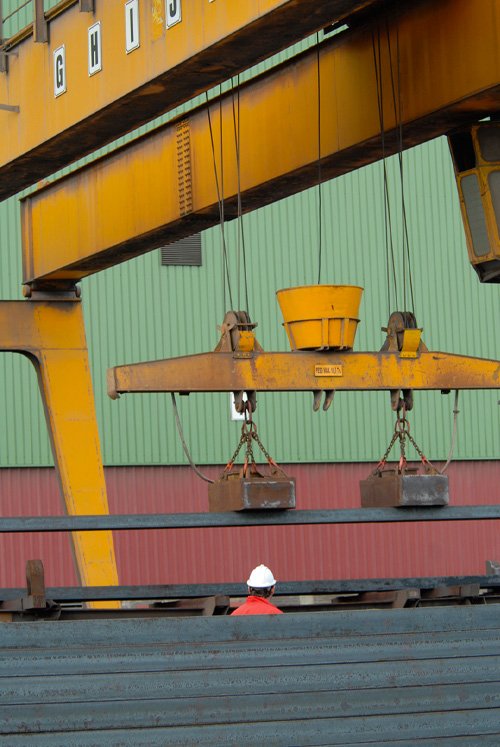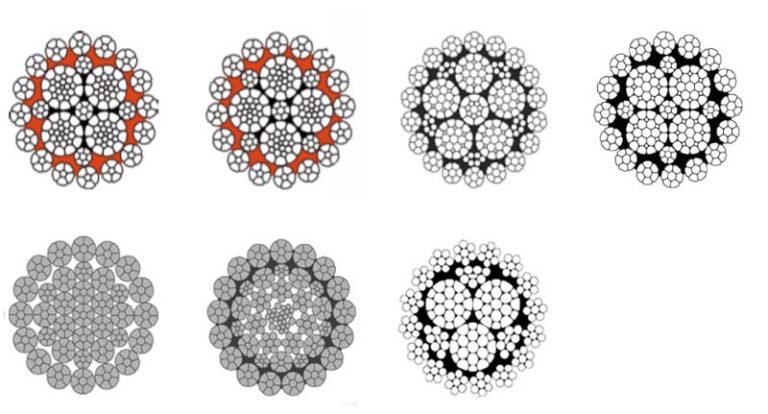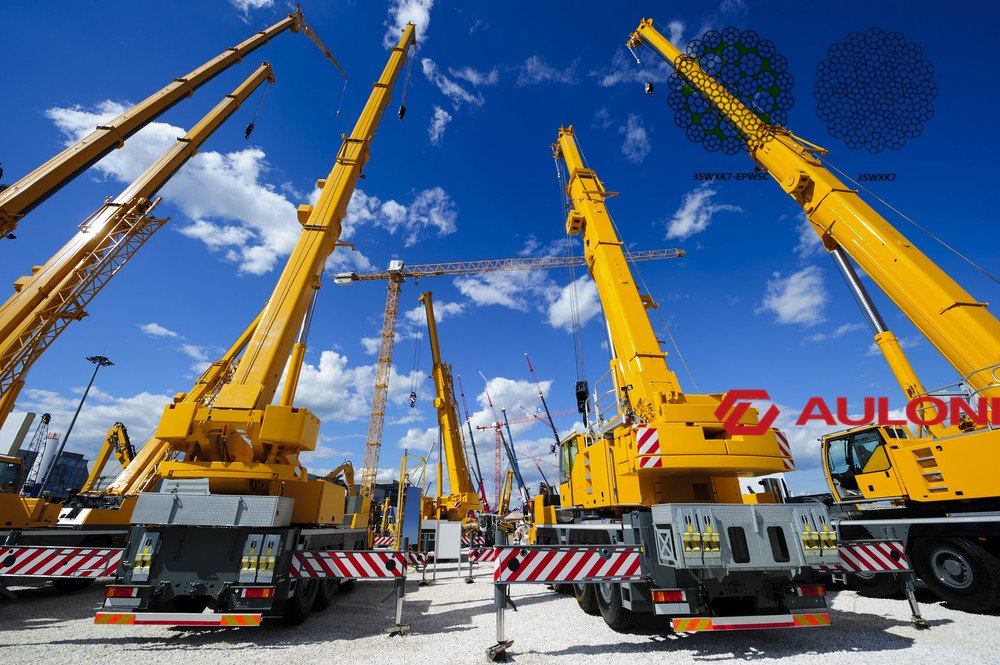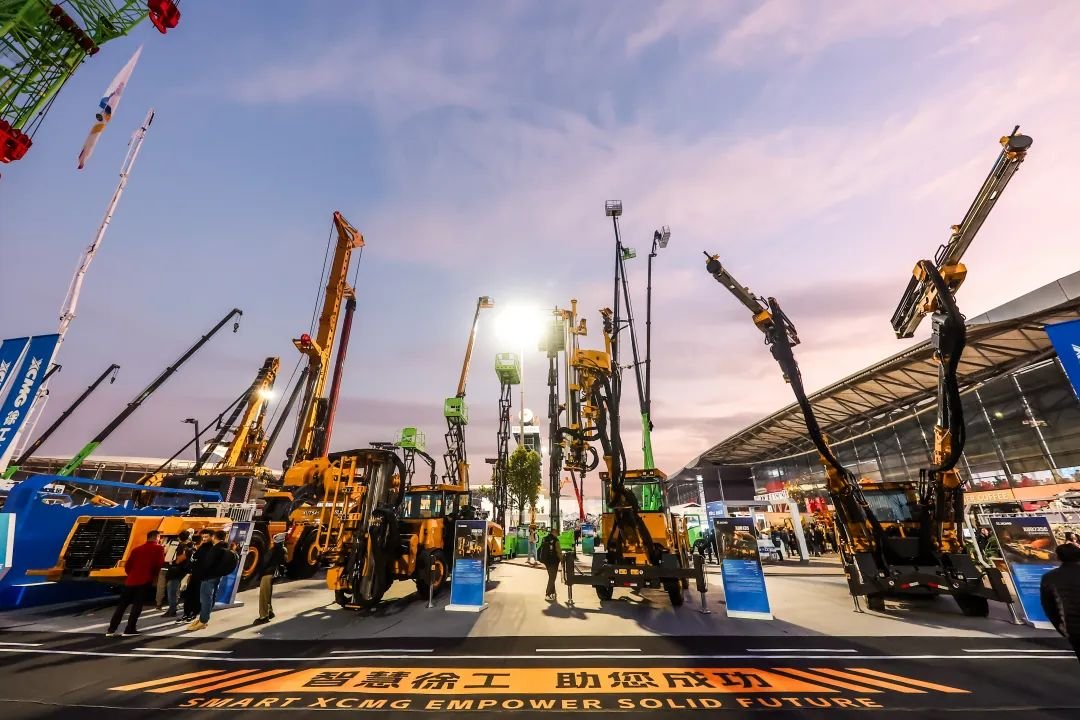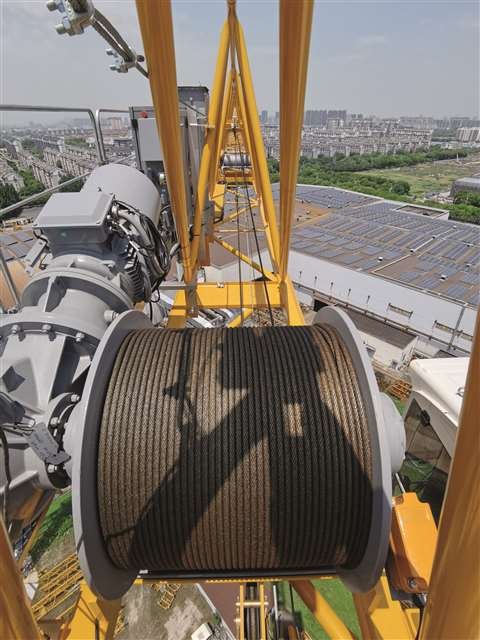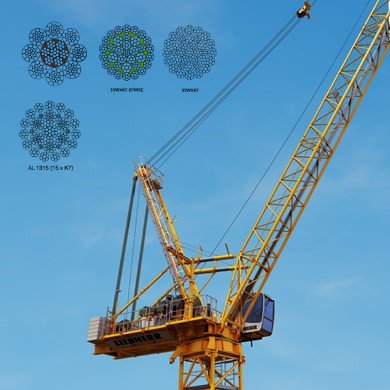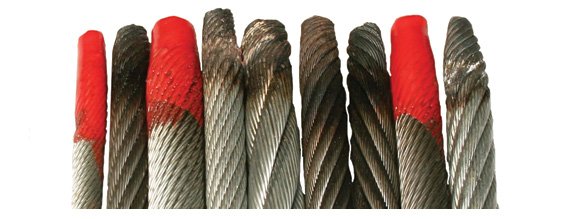
Are you thinking about cutting wire rope? Do you have a grinder? This might seem like a quick fix. But there are risks.
You can cut wire rope with a grinder, but this method is not recommended. It creates safety hazards and can damage the wire rope’s performance.
Cutting wire rope needs care. I have seen many problems when people use the wrong tools. Let me tell you a story. A client from Russia once asked about cutting wire rope. He typically sourced premium German products, but due to new sourcing challenges, he was looking for options. He was very particular about quality and certifications. He needed strong, reliable wire ropes. Using a grinder was certainly not an option for him.
Can a Grinder Damage Wire Rope If Used for Cutting?

You might wonder, “Will a grinder harm my wire rope?” Yes, it can. A grinder is not the right tool for this job.
Using a grinder to cut wire rope can severely damage its structural integrity. This can lead to fraying, loss of strength, and potential failure during use.
I often deal with big companies and purchasing managers. They need high-quality products. They also need them to be safe. When I talk about wire ropes for cranes or mining, quality is key. We follow EN12385-4 standards. This ensures safety. Using a grinder makes the rope unsafe.
Dive Deeper: How Grinders Harm Wire Ropes
A grinder uses heat. It spins fast. This heat can change the metal. This makes the wire rope weak.
- Heat Damage:
- Grinders create high heat.
- This heat changes steel.
- It degrades the metal’s strength.
- This makes the rope brittle.
- Brittle ropes break easily.
- Fraying and Unraveling:
- Grinders cut roughly.
- They do not make clean cuts.
- This causes strands to fray.
- Frayed ends unravel easily.
- This weakens the rope’s core.
- Reduced Breaking Load:
- Damage reduces the breaking load.
- The rope cannot hold as much weight.
- This is dangerous for heavy lifting.
- It can cause accidents.
- Our wire ropes have high breaking loads. We test them.
- Loss of Compliance:
- Standards like EN12385-4 are strict.
- Damaged ropes do not meet standards.
- This can mean legal problems.
- It also means safety risks.
- We provide certificates like BV & CE. These show compliance.
We sell wire ropes for many uses. These include elevators and marine uses. They all need to be exact. A bad cut ruins the rope.
What Are the Safest Ways to Cut Wire Rope?
You know grinders are not good. So, what is the best way? There are better, safer tools.
Dive Deeper: Recommended Cutting Tools
The best tools make clean cuts. They do not damage the rope. They also keep you safe.
- Bolo Cutters:
- These are manual tools.
- They have sharp, strong blades.
- They make clean, precise cuts.
- They are good for smaller ropes.
- They do not use heat.
- They prevent fraying.
- Hydraulic Cutters:
- These use hydraulic power.
- They are powerful for larger ropes.
- They cut quickly and cleanly.
- They reduce physical effort.
- They are used in industrial settings.
- Our factory uses advanced equipment.
- Wire Rope Shears:
- These are specialized shears.
- They are designed for wire rope.
- They have strong jaws.
- They close firmly for a clean cut.
- They prevent individual strands from spreading.
- Electric Cutters (with specific blades):
- Some electric tools work.
- They need specific blades.
- These blades are designed for wire rope.
- Make sure the tool is rated for wire rope.
- Use slow speeds to avoid heat.
I always recommend using the right tools. My clients need safety. Our wire ropes are used on cranes. They are used in mining. Safety is not a choice. It is a must. We focus on high tensile strength. We also make sure our ropes are durable. This is important for our clients in places like Australia and Canada.
Why is a Clean Cut Important for Wire Rope Performance?
A clean cut seems small. But it matters a lot. It affects how the rope works.
Dive Deeper: Importance of Clean Cuts
A clean cut ensures the rope works as designed. It also helps with safety.
- Prevents Fraying:
- Clean cuts stop strands from separating.
- Frayed ends are dangerous.
- They can snag and cause injury.
- They lead to early rope failure.
- Our wire ropes are built to last.
- Maintains Strength:
- When strands are intact, strength remains.
- A messy cut breaks individual wires.
- This reduces the overall breaking load.
- Our ropes meet high breaking load demands.
- This is critical for heavy applications.
- Proper Installation:
- Clean-cut ends make installation easy.
- They fit into fittings correctly.
- This ensures secure connections.
- Bad cuts make installation hard.
- This also creates weak points.
- Extends Lifespan:
- Ropes with clean cuts last longer.
- Damage from bad cuts shortens life.
- This saves money on replacements.
- It also reduces downtime.
- Clients in Singapore and UAE expect durability.
I work with engineers and buyers. They care about product lifespan. They want wire ropes that perform. This is why we make high-quality ropes. We offer synthetic ropes. We also have galvanized wire rope. They are all made to perform.
Conclusion
Cutting wire rope with a grinder is dangerous. It also harms the rope’s strength. Always use the right tools. This ensures safety and quality. Using tools like bolo cutters or hydraulic cutters is better. These tools help maintain the wire rope’s integrity and lifespan.

